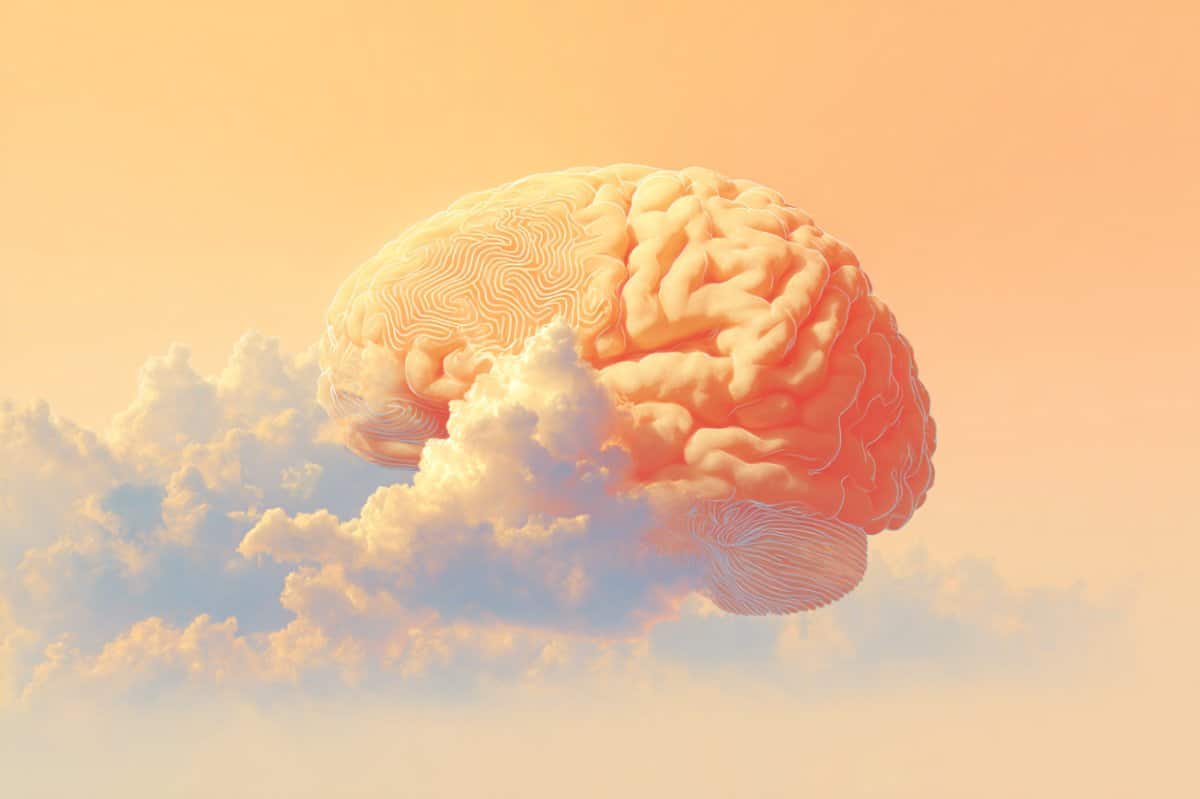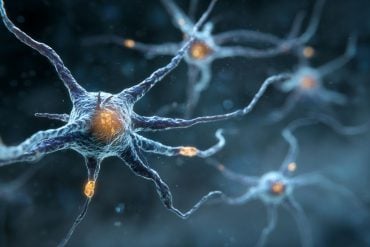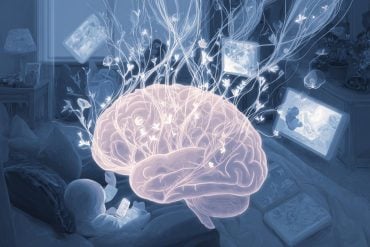Summary: Each morning, your brain undergoes a precise sequence to shift from sleep to wakefulness, reorienting you to the world. A study using high-density EEG recordings found that awakening begins in frontal regions and spreads backward, with distinct patterns depending on whether you wake from REM or non-REM sleep.
In non-REM sleep, slower waves precede faster wake-like activity, while REM sleep skips directly to wakefulness. These findings shed light on why we sometimes feel alert and other times groggy, with implications for understanding and treating sleep disorders.
Key Facts:
- Sequential Awakening: Brain activity moves from frontal to posterior regions during waking.
- REM vs. Non-REM: REM sleep leads to immediate fast activity; non-REM shows slower transitions.
- Sleepiness Clues: Certain slow waves before waking can improve alertness, while others worsen it.
Source: KNAW
Each morning, your brain embarks on a remarkable series of events: it transitions from being asleep, potentially in an alternate reality, to waking up.
Within a short time, you regain waking consciousness, reorient yourself and reconnect with your surroundings, becoming ready to interact with the world again.
But how does your brain accomplish this transition so safely and efficiently?
Credit: Neuroscience News
To better understand the awakening brain, researchers from the Netherlands Institute for Neuroscience and the University of Lausanne analysed over 1,000 awakenings using high-density EEG recordings on a second-by-second basis.
The study, published in Current Biology, reveals that the brain doesn’t wake up all at once. Instead, it orchestrates a precise sequence of activation.
Moving waves
The researchers worked with high-density EEG-data, which offers information about the time and location of brain activity. When looking at the activity progression throughout the awakening brain, they observed a clear sequence: it starts in central and frontal brain regions and gradually spreads toward the back of the brain.
Aurélie Stephan, first author, is not surprised by this sequence of events: “This progression likely reflects how signals from subcortical arousal centres (deeper in the brain) reach the cortex, with shorter paths to frontal areas and longer ones toward regions further back”.
Sleep Stages: REM vs non-REM
To better understand how the brain navigates waking up at any moment, the researchers specifically studied awakening patterns in two stages: REM sleep, commonly associated with vivid dreams, and non-REM sleep, also known as deep sleep.
When participants awoke from non-REM sleep, their brain activity first showed a brief surge in slower sleep-like waves immediately followed by faster activity related to wakefulness. When participants awoke from REM sleep, the slower waves were skipped, leading to a more direct boost in faster brain activity.
“The brain responds differently to arousing signals depending on the stage it’s in”, Stephan explains. “In non-REM sleep, neurons that connect arousal centres to the cortex alternate between states of activity and silence – a dynamic known as “bistability”.
As a result of this bistability, any arousing stimulus first triggers a slow wave, before transitioning to faster activity. In contrast, REM sleep does not have this bistable pattern, so the cortex immediately responds with the fast, wake-like, activity.”
Understanding sleepiness and sleep-disorders
The researchers also investigated how sleepy a participant felt when they woke up. While participants felt the sleepiest when awoken from REM sleep, Stephan is most intrigued by the impact of the slow waves in non-REM sleep stages.
“We found a new aspect in which slow waves can present very distinct and opposite behaviours. Some slow waves are actually acting like arousal elements – they are part of the “wake up!” signal.
“The more these waves occur just before awakening, the more alert you tend to feel upon awakening. While the other slow waves – whether they are present before waking up or persisting after – are the reason we sometimes feel so sleepy in the first moments of the day”, Stephan explains.
Stephan hopes these findings can be used for future research into sleep disorders, such as insomnia or conditions involving incomplete awakenings. “If we understand the process more, we can also better identify signs of hyperarousal in sleep disorders”, she concludes.
Overall, Stephan is excited about the future avenues. “This study provides a new perspective looks at the brain’s journey from sleep to wakefulness yet, offering a window into one of the most fundamental transitions in human consciousness.”
About this sleep, consciousness, and neuroscience research news
Author: Eline Feenstra
Source: KNAW
Contact: Eline Feenstra – KNAW
Image: The image is credited to Neuroscience News
Original Research: Open access.
“Cortical activity upon awakening from sleep reveals consistent spatio-temporal gradients across sleep stages in human EEG” by Aurélie Stephan et al. Current Biology
Abstract
Cortical activity upon awakening from sleep reveals consistent spatio-temporal gradients across sleep stages in human EEG
How does the brain awaken from sleep?
Several studies have suggested that the awakening process occurs asynchronously across brain regions, but the precise nature of these changes and how they are reflected in human electroencephalography (EEG) remains unknown.
Here, we recorded 1,073 awakenings and arousals with high-density EEG and mapped brain activity at a second-to-second timescale around movement onset using source modeling.
We found that cortical activity upon awakening progressed along highly consistent spatial and frequency gradients.
In awakenings and arousals from non-rapid eye movement (NREM) sleep, transient increases in low-frequency power preceded increases in high-frequency power by a few seconds, whereas awakenings from REM sleep were mainly characterized by increases in high-frequency power.
Regardless of sleep stage, high-frequency changes were first seen in frontal and last in occipital and inferior-temporal cortical areas, whereas low-frequency changes in NREM sleep started in a centro-parietal “hotspot,” progressed frontally, and reached occipital and inferior-temporal regions last.
Finally, the presence of these spatio-temporal arousal patterns during sleep, before participants were awakened by sounds, was followed by lower sleepiness ratings upon awakening.
These results indicate a consistent spatio-temporal EEG signature of the awakening process that likely reflects the structural organization of arousal systems.
Importantly, a transient increase in slow EEG frequencies, which are normally associated with sleep, is inherent to the arousal process and functionally correlates with feeling more awake when awakening from NREM sleep.
These findings have important implications for the interpretation of arousal signals and the detection of incomplete awakenings in sleep disorders.








